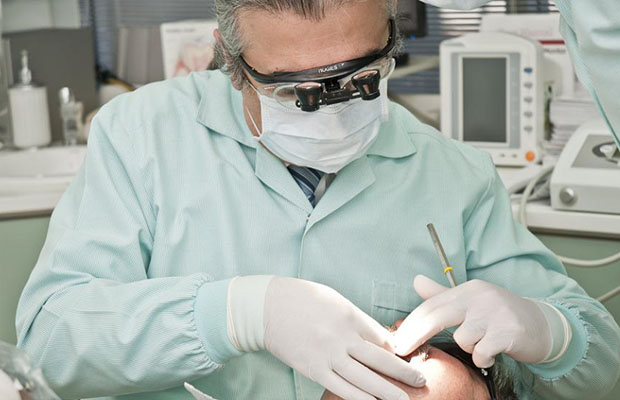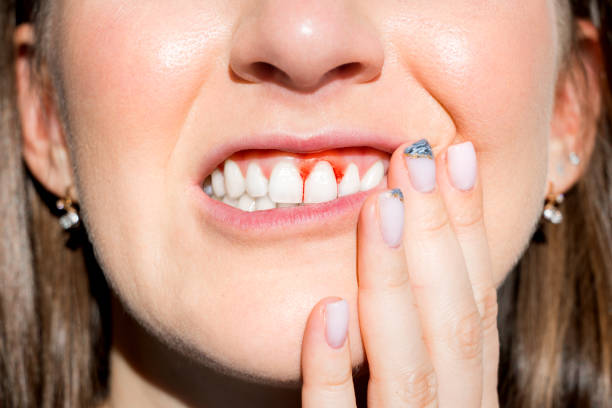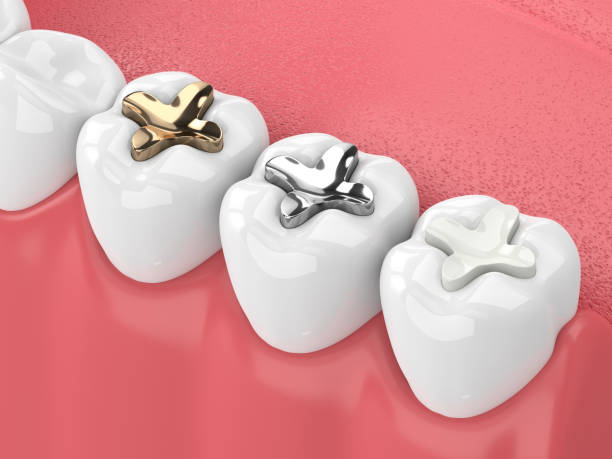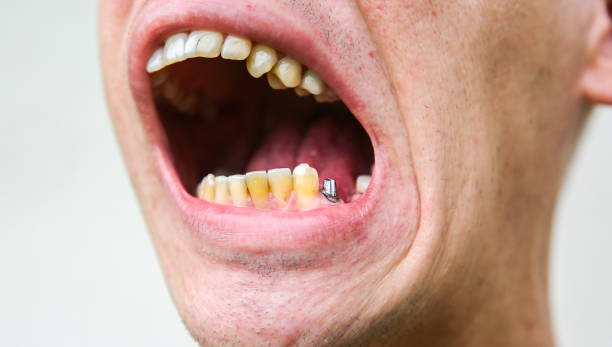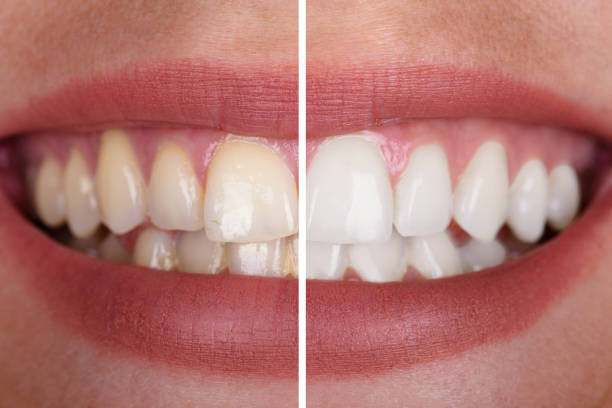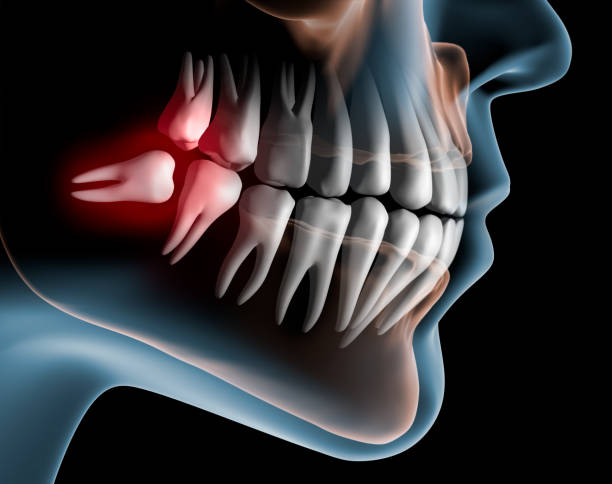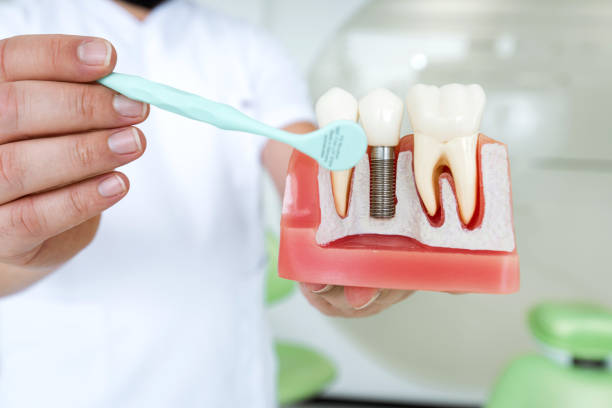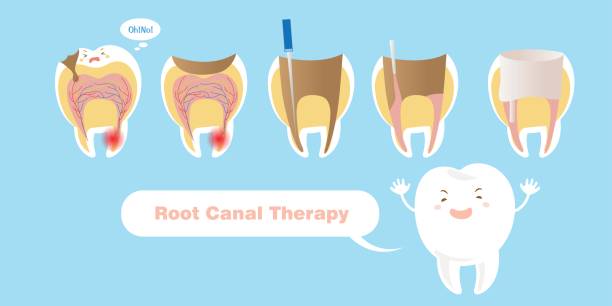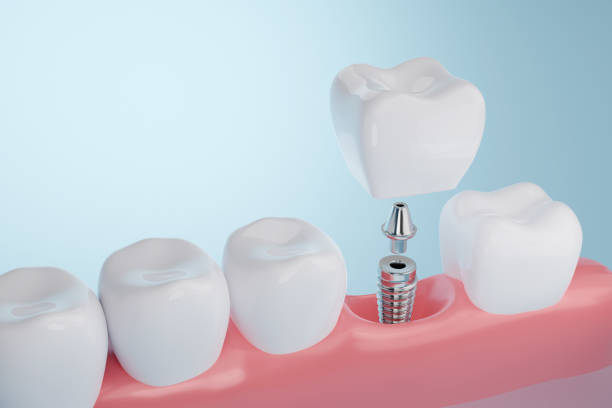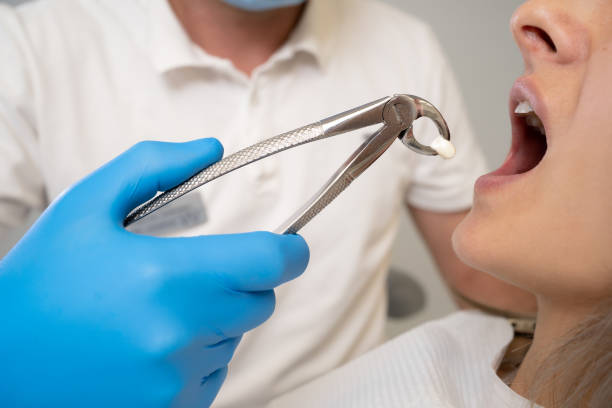Your smile can undoubtedly look different if a tooth is missing. A missing tooth can result from a number of issues, including gum disease, injury, severe tooth decay, and genetic conditions. Your confidence and oral health may suffer even from the loss of just one tooth. So how to deal with a missing tooth, what are the options for replacing a missing tooth?
Your dentist can assist you in replacing a missing tooth in a number of ways. Tooth replacement methods such as dentures, bridges, and dental implants.
In the following paragraphs, we’ll go over a number of great options for restoring your beautiful smile by replacing a missing tooth or teeth. Let’s start.
Table of Contents
Five Options For Replacing Missing Tooth
1. Dental Implants
One of the most popular procedures for replacing teeth is dental implants. A type of tooth replacement that is incredibly trustworthy and that feels and looks like a natural tooth is dental implants. If you require a permanent solution to replace one tooth, several teeth, or multiple teeth in various locations, consider dental implants. Dental implants can last you a lifetime if they are well-maintained. Your dental implant placement procedure may take a while. The process starts with the removal of your tooth’s root and replacement with metal screws, which serve as an anchor for the top-mounted false tooth. After the screws are in place, you must give the implant time to heal for a few months so that it can firmly fuse to your jawbone. A dental crown will be secured on top of the implant once it has fully healed.
Advantages Of Dental Implants
- They are one of the most effective options to replace missing teeth
- They provide a very natural look and feel
- There is no involvement of your neighboring teeth, so adjacent teeth remain intact
- They don’t need to be regularly checked on because they are lifelong, permanent replacements.
Disadvantages Of Dental Implants
- They are one of the most expensive tooth replacement options, ranging anywhere from $3000 to $6000
- The implant is screwed into the jawbone, requiring invasive surgical procedures, a protracted healing period, and the risk of infection.
Procedure
A group of surgeons and restorative specialists who work closely together perform the procedure.
Your dental surgeon will evaluate your suitability for treatment with these implants, taking into account various factors including your bone volume and quality, tooth and jaw relationship, oral hygiene routines, and overall medical health. This might entail a thorough examination using various scans and X-rays.
Typically, the entire course of treatment takes four to twelve months. This would depend on the complexity of the case and whether bone grafting or other additional procedures were required.
2. Implant-supported Bridge
For several missing teeth in a row, an implant-supported bridge is the best option. It can be unnecessary and time-consuming to replace every tooth with a dental implant. Only the teeth at the bridge’s two ends are fixed in place with implants in an implant-supported bridge. Without the use of screws, the middle teeth on the two ends are held in place.

Advantages Of Implant-supported Bridges
- An economical choice for replacing several missing teeth in a row
- The bridge is equally as effective as a dental implant
- They offer an organic appearance.
Disadvantages Of Implant-supported Bridges
- They can only be used under certain circumstances when there are several missing teeth in a row
- Implant-supported bridges are not a permanent solution, and the bridges will need to be replaced
- Many dental appointments are necessary for the placement of an implant-supported bridge.
3. Tooth-supported Bridge
Instead of using two implants to replace two missing teeth, a tooth-supported bridge uses your natural teeth to support the placement of the bridge. The teeth that are next to the missing ones are given crowns, which are then bonded in place. A few visits are required to complete the procedure.
Advantages Of Tooth-supported Bridges
- A tooth-supported bridge provides the same realistic look and feel as that of a dental implant
- There is no surgery required, so the process is less invasive
- Compared to dental implants, a tooth-supported bridge is a less expensive solution.
Disadvantages Of Tooth-supported Bridges
- The adjacent teeth receiving the crowns will need to be filed to the appropriate size for the crown to fit which increases the chances of infection down the road
- The adjoining teeth can be damaged over time if the bridge is poorly fitted
- If you are not careful when cleaning, there is a higher risk of infection and bone loss because food particles can slip underneath the bridge and become more difficult to clean.
4. Removable Partial Dentures
Similar to dental implants, removable partial dentures are a relatively less complex option for replacing missing teeth. For people with a few missing teeth as opposed to a full set of dentures for all their teeth, removable partial dentures are advised. The false teeth are held in the proper positions by removable partial dentures, which are clasped into place.
Advantages Of Removable Partial Dentures
- Additional teeth can be added directly to the partial denture if any teeth are lost in the future, which can help you save time and money
- Removable partial dentures are one of the cheapest options for tooth replacement
- Partial dentures are easy to repair and replace if needed
- Simple metal clasps are all that is needed for partial denture application.
Disadvantages Of Removable Partial Dentures
- Partial dentures can be uncomfortable
- The dentures must be removed and cleaned on a daily basis and removed before sleeping
- Since the metal clasps on partial dentures are visible, they do not blend in or look as natural as dental implants.
Procedure
The number of visits required for treatment will range from two to six, depending on how complicated each case is. Following the initial visit for an examination and diagnosis, subsequent visits will involve the following procedures: taking impressions of the mouth (to determine the shape of your gums and soft tissues), bite registration (to determine how your upper and lower jaw relate to one another), try-in of the denture (to determine how the final denture will look), issue, and review.
Dental implants may be used in some situations, particularly when all the natural teeth are missing, to help stabilize the dentures and prevent movement while the patient is using them. If using dental implants to secure your dentures is an option for you, your dentist will let you know.
5. Flipper
A temporary partial denture with the ability to pivot around in place is referred to as a flipper. A flipper has no metal clasps and is not reliant on any neighboring teeth.
Advantages Of A Flipper
- It is a relatively cheap and painless option to replace a missing tooth
- A flipper is a much lighter option compared to a partial denture
- Provides a temporary tooth replacement option until a more permanent option is available.
Disadvantages Of A Flipper
- The flipper can be uncomfortable
- A flipper’s bulky construction increases the likelihood that it will break since it is intended to be a temporary solution.
Can I Decide Not To Restore It When A Tooth Is Missing?
Yes, it is possible to live without a denture, especially if you still have enough healthy teeth. The remaining teeth could become overly stressed as a result of the bite forces now being distributed over a smaller number of teeth if you have too many missing teeth, which could prevent you from being able to chew your food properly. The lifespan of your remaining teeth could be shortened as a result of increased wear and mobility. Change to a softer diet, or you run the risk of losing more teeth.
Furthermore, teeth drift, which can cause the teeth next to them to tip into an empty space or cause the teeth on the other side to over erupt. In addition to making the space challenging to restore in the event that you change your mind, this could result in food trapping as gaps widen. Prior to performing any replacement work on some patients, orthodontic treatment (braces) may be required to correct the alignment of the neighboring teeth.
What Option Is Best For Me?
Before deciding which replacement option is best for you, it is advised that you first have your teeth examined by a dentist. You might have problems that the dentist is unaware of that could shorten the lifespan of the replacement teeth.
For instance, getting a bridge or implant before your gum disease is treated and under control is not advised if you have it. If not, the restoration will inevitably fail too soon and possibly cause more tooth loss. On the other hand, given the disparity in costs, proper consideration for your budget must be made.
The best option, assuming there are no contraindications for it, would be an implant if you only have one missing tooth and are willing to spend a little more. Dentures will be your best choice, though, if you have many missing teeth and a limited spending budget.
In the end, you’ll need to talk to your dentist about your preferences in order for him or her to help you create the most effective treatment strategy.
The Bottom Line
When teeth suffer irreparable harm from trauma or dental decay, they may need to be extracted. Gum disease can also affect the bone and gum that support the teeth, causing teeth to become loose and eventually fall out. Whether a tooth was lost due to an accident, gum disease, or decay, there are many wonderful options to replace it. Each choice has advantages and disadvantages that a dental expert can assist you in weighing in light of your individual requirements and financial constraints. Take good care of your teeth!
Also Read: How To Fix A Chipped Tooth At Home?

